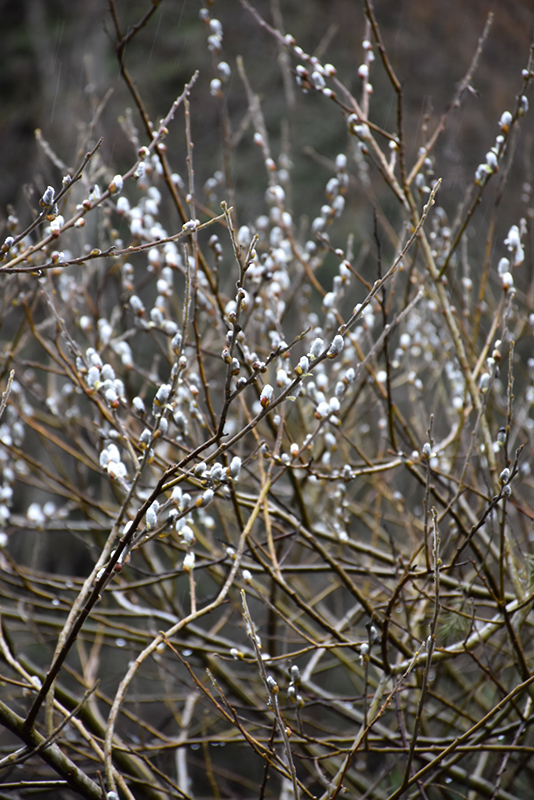Shonnard’s Nursery
Plant Finder Tool
Height: 25 feet
Spread: 20 feet
Sunlight:
![]()
![]()
Hardiness Zone: 6a
Other Names: Coastal Willow, Hooker's Willow
Description:
A coastal native large shrub or small tree with an upright, rounded habit; attractive catkins in spring, then shimmering silvery, sea-green foliage for the rest of the season; ideal for planting in coastal areas, and useful to stabilize slopes
Ornamental Features
Dune Willow is clothed in stunning white catkins along the branches from late winter to early spring before the leaves. The flowers are excellent for cutting. It has attractive bluish-green foliage with hints of silver. The fuzzy narrow leaves are highly ornamental but do not develop any appreciable fall color. The furrowed brown bark and khaki (brownish-green) branches add an interesting dimension to the landscape.
Landscape Attributes
Dune Willow is a dense multi-stemmed deciduous tree with a more or less rounded form. Its average texture blends into the landscape, but can be balanced by one or two finer or coarser trees or shrubs for an effective composition.
This is a high maintenance tree that will require regular care and upkeep, and should only be pruned after flowering to avoid removing any of the current season's flowers. It is a good choice for attracting birds to your yard. Gardeners should be aware of the following characteristic(s) that may warrant special consideration;
- Messy
- Suckering
Dune Willow is recommended for the following landscape applications;
- Shade
- Hedges/Screening
- General Garden Use
- Windbreaks and Shelterbelts
- Naturalizing And Woodland Gardens
- Bog Gardens
Planting & Growing
Dune Willow will grow to be about 25 feet tall at maturity, with a spread of 20 feet. It has a low canopy with a typical clearance of 1 foot from the ground, and is suitable for planting under power lines. It grows at a fast rate, and under ideal conditions can be expected to live for 60 years or more.
This tree does best in full sun to partial shade. It is quite adaptable, prefering to grow in average to wet conditions, and will even tolerate some standing water. It is not particular as to soil pH, but grows best in sandy soils, and is able to handle environmental salt. It is highly tolerant of urban pollution and will even thrive in inner city environments. This species is native to parts of North America.

